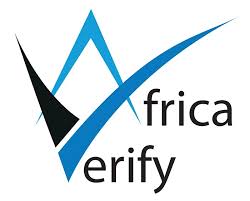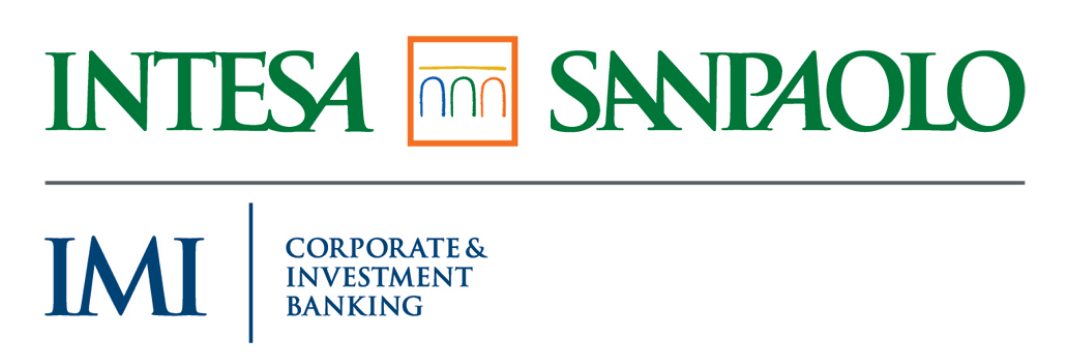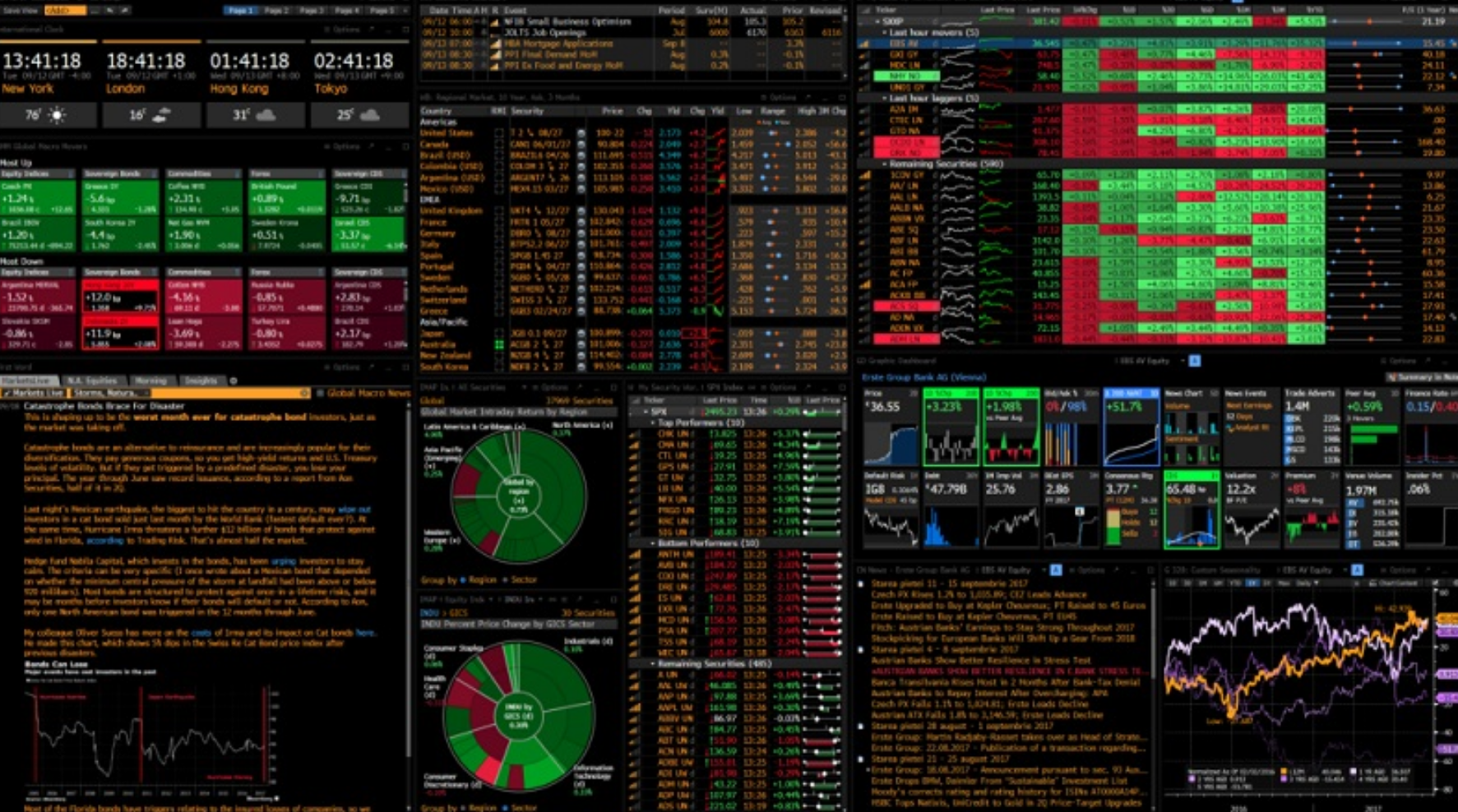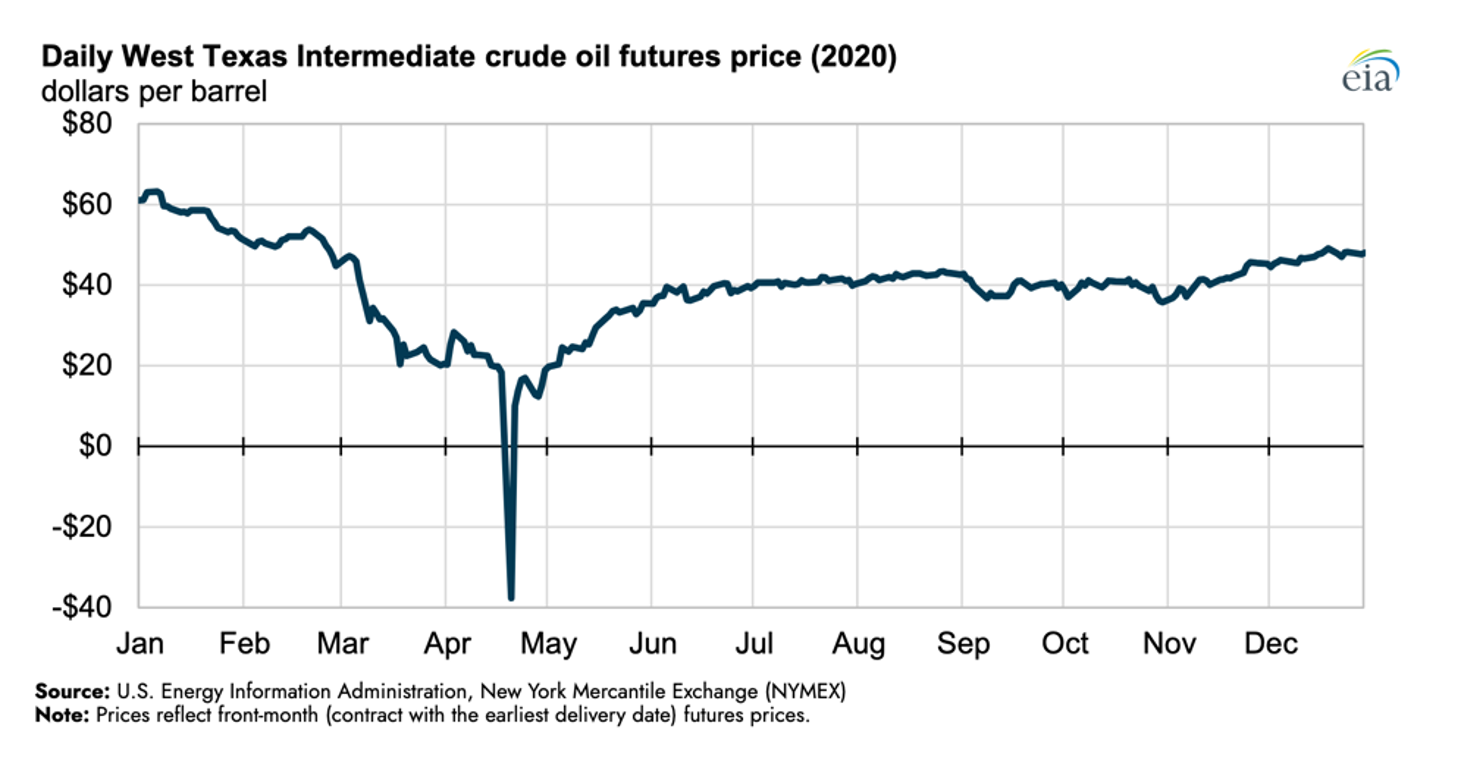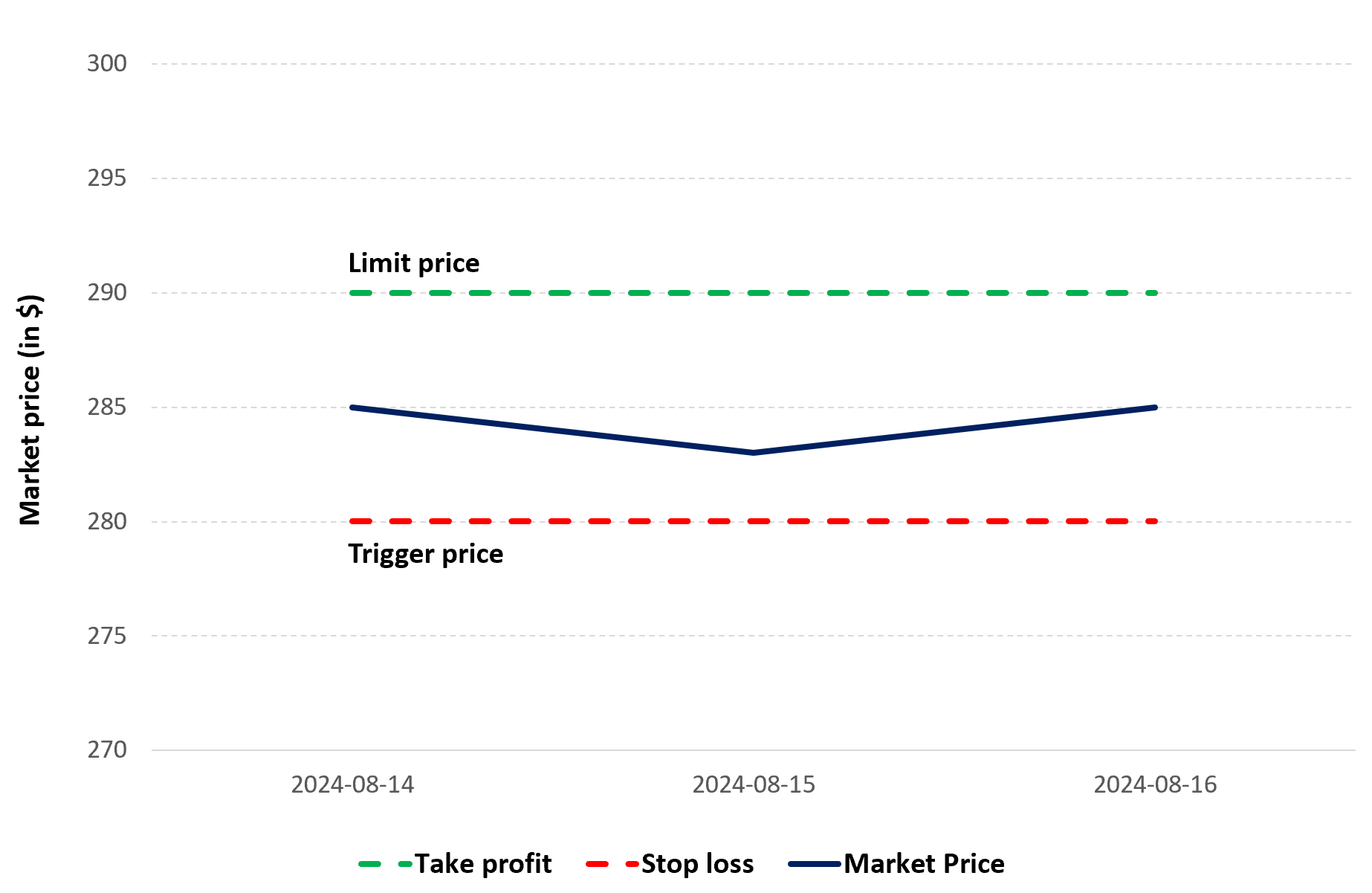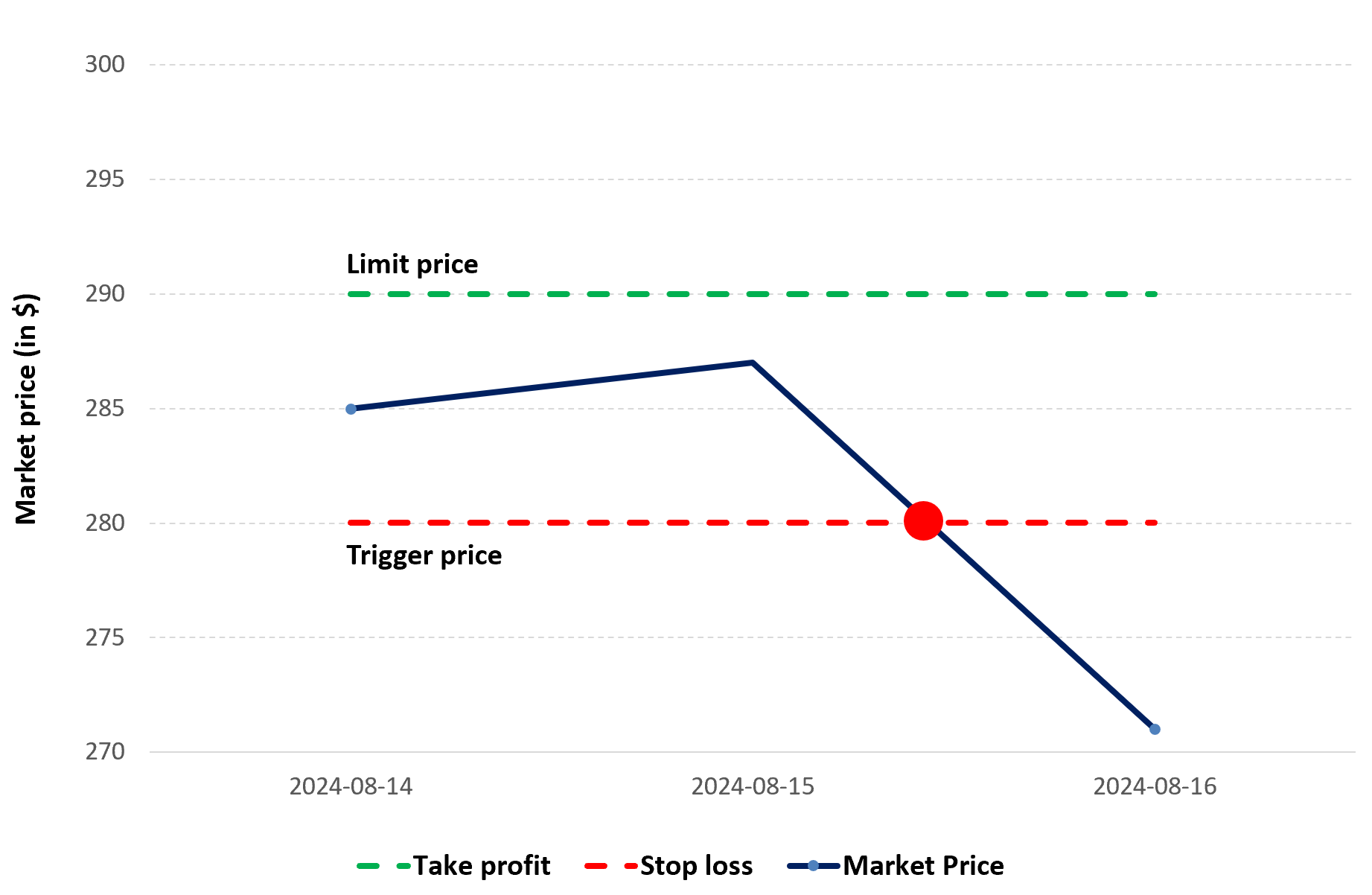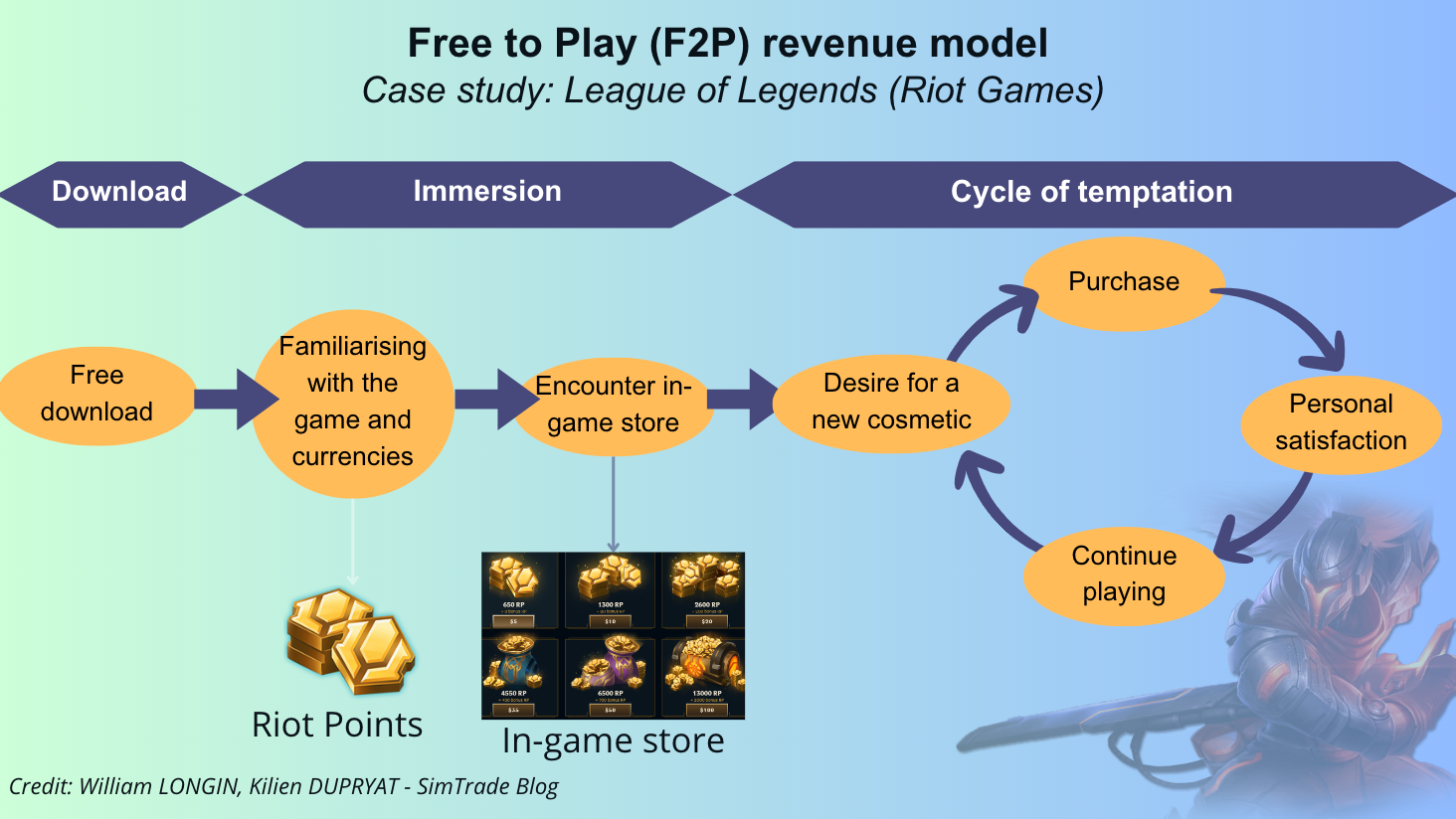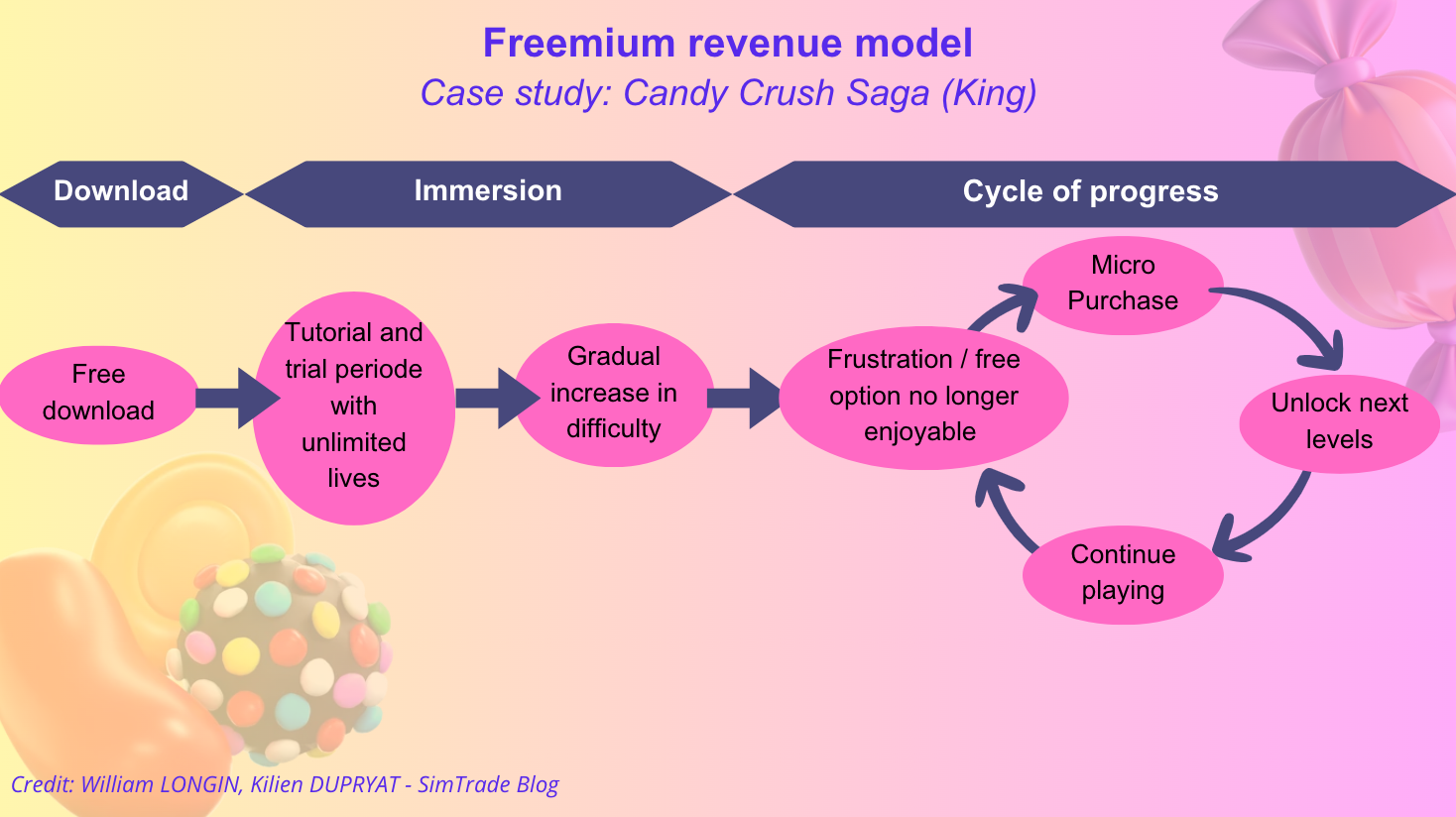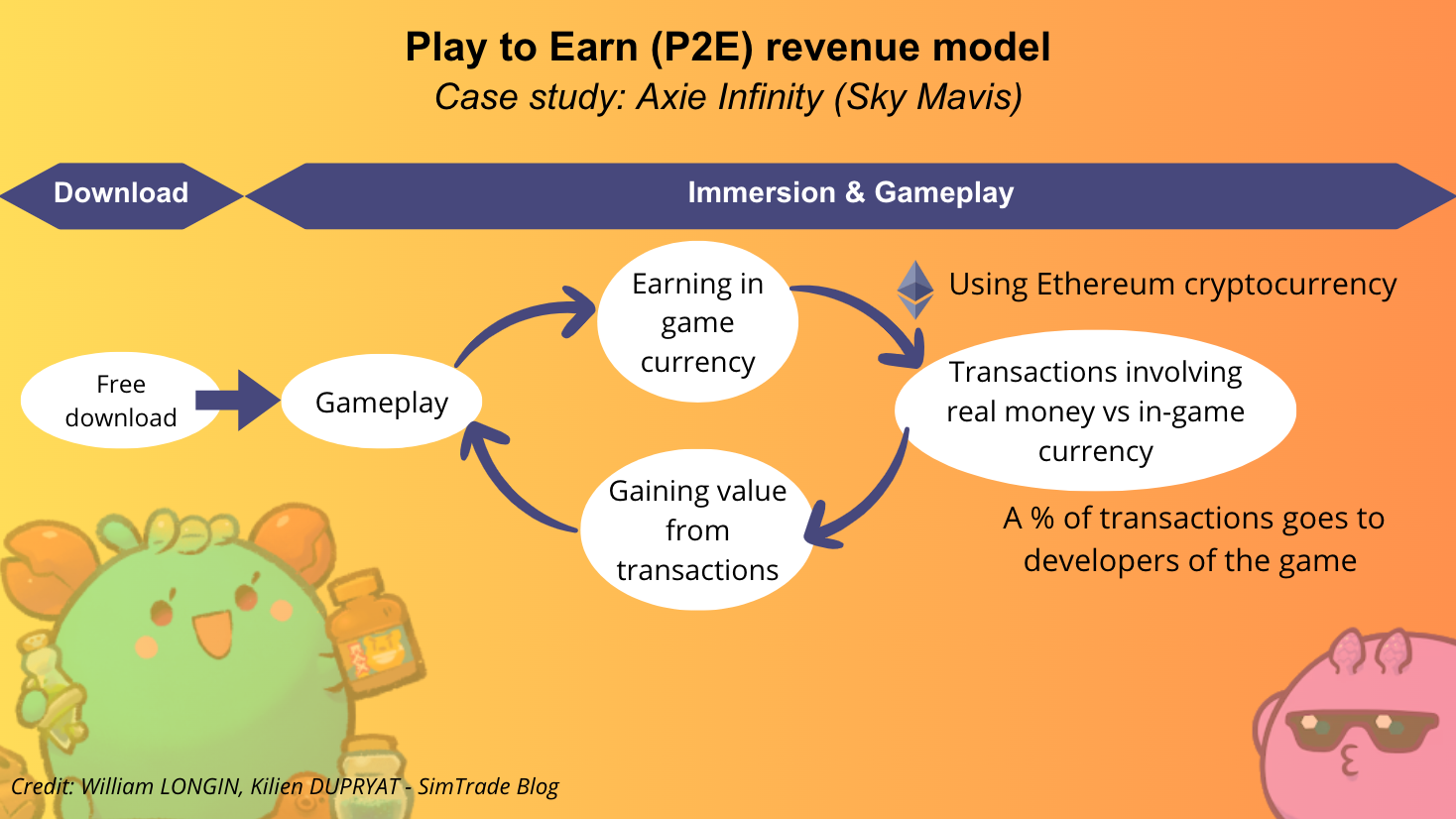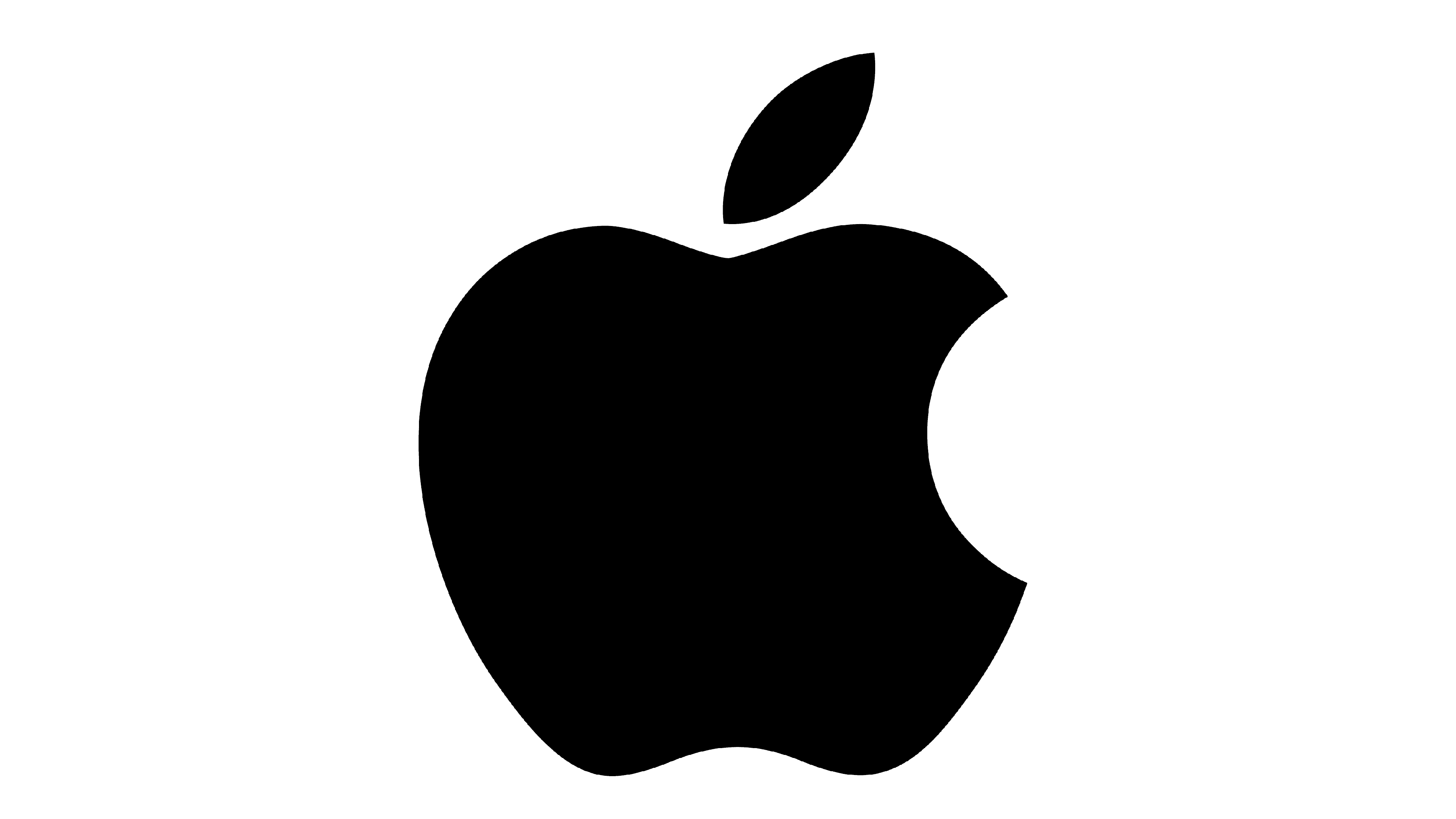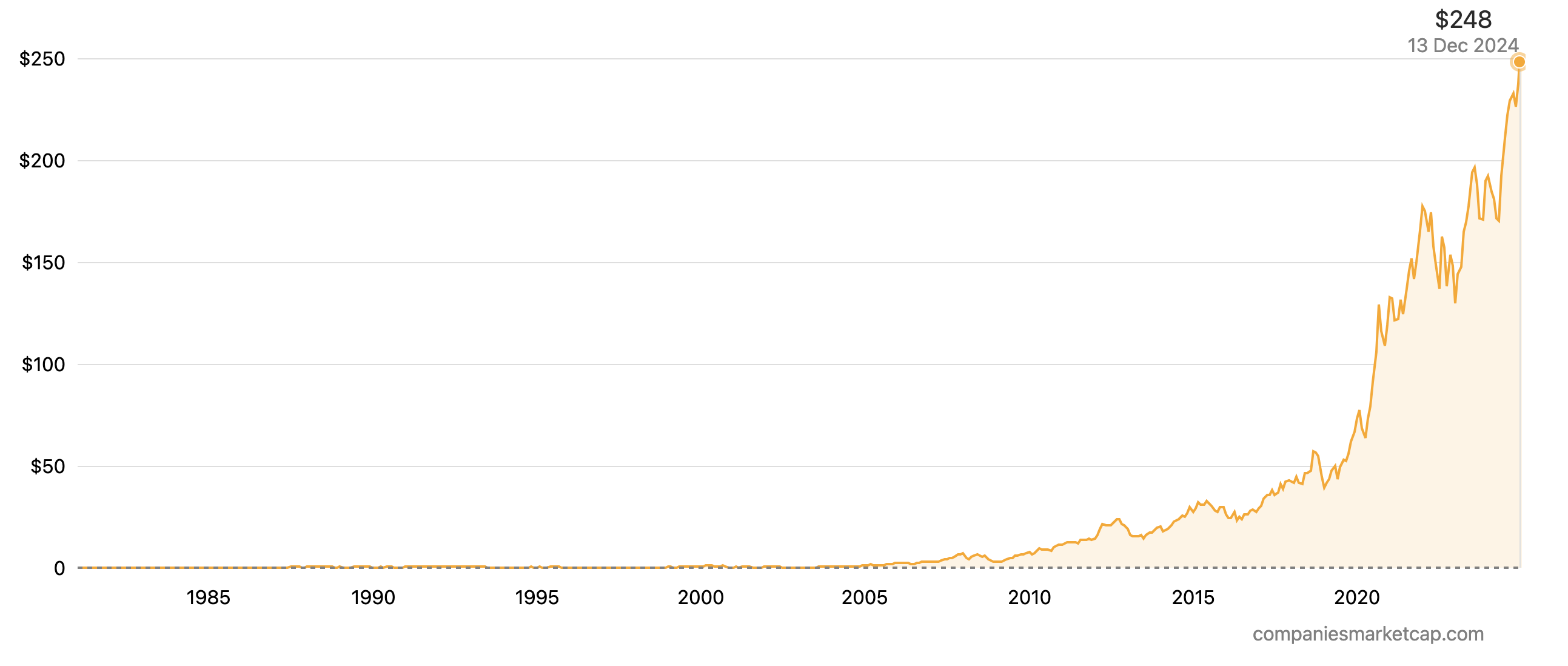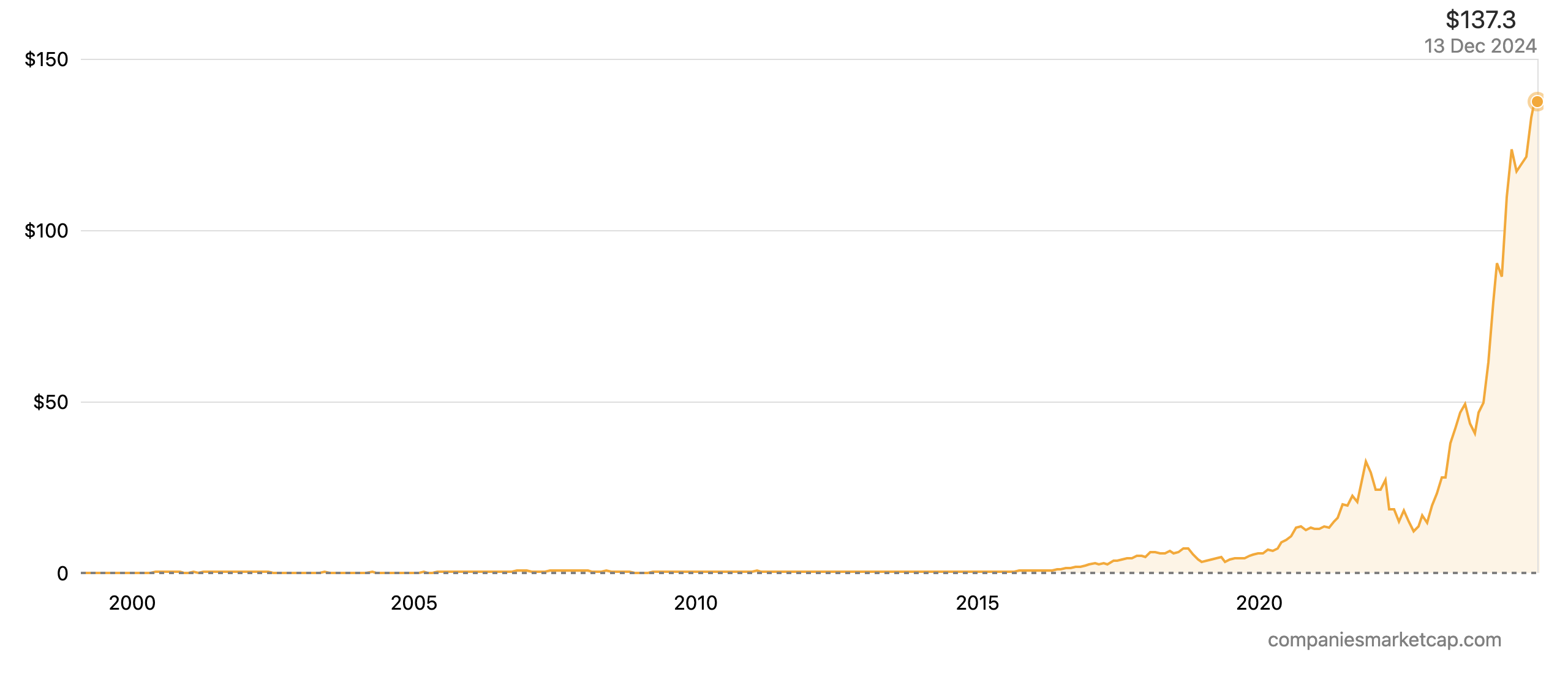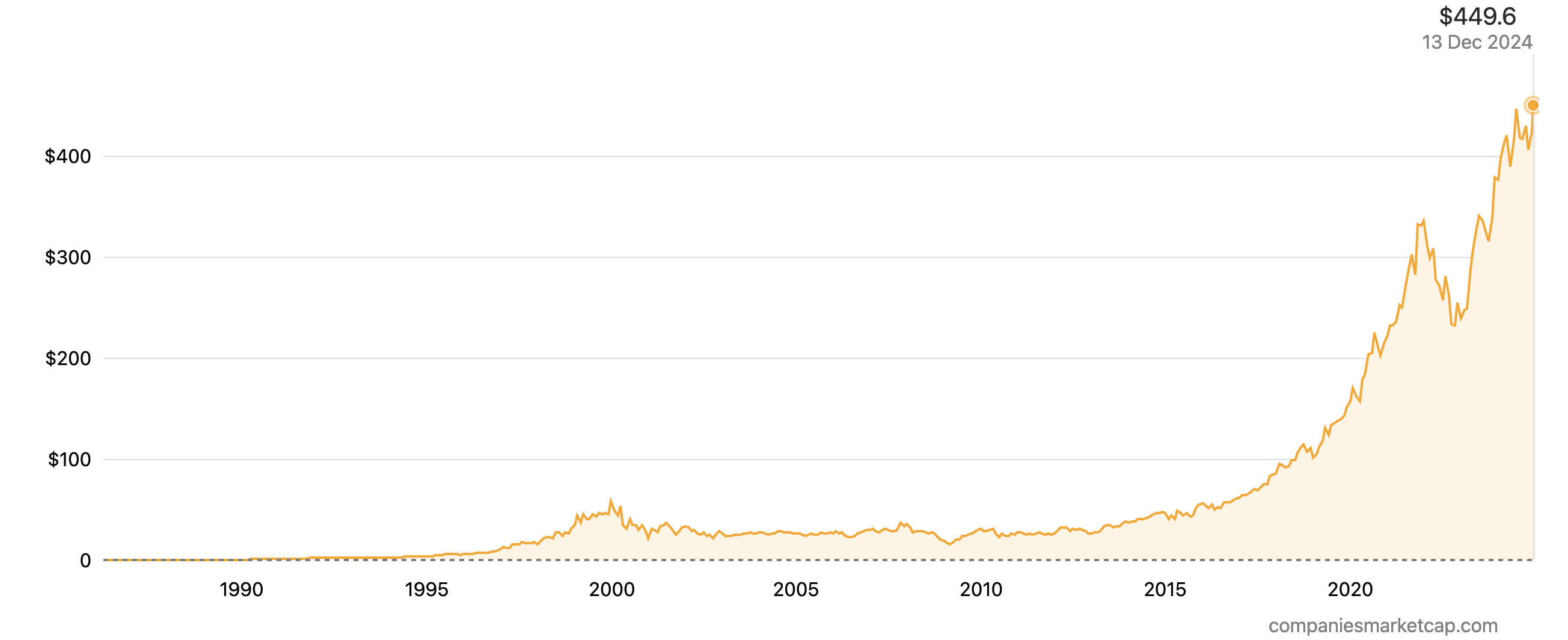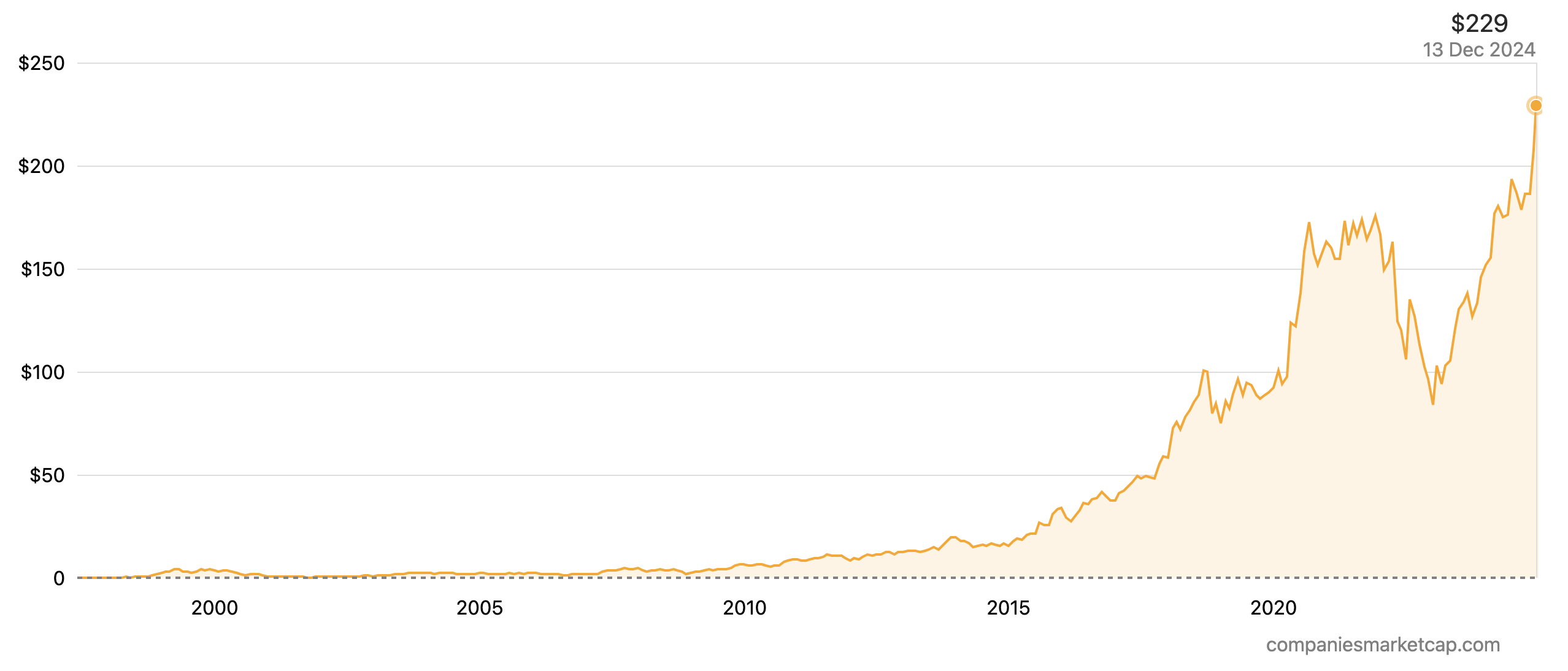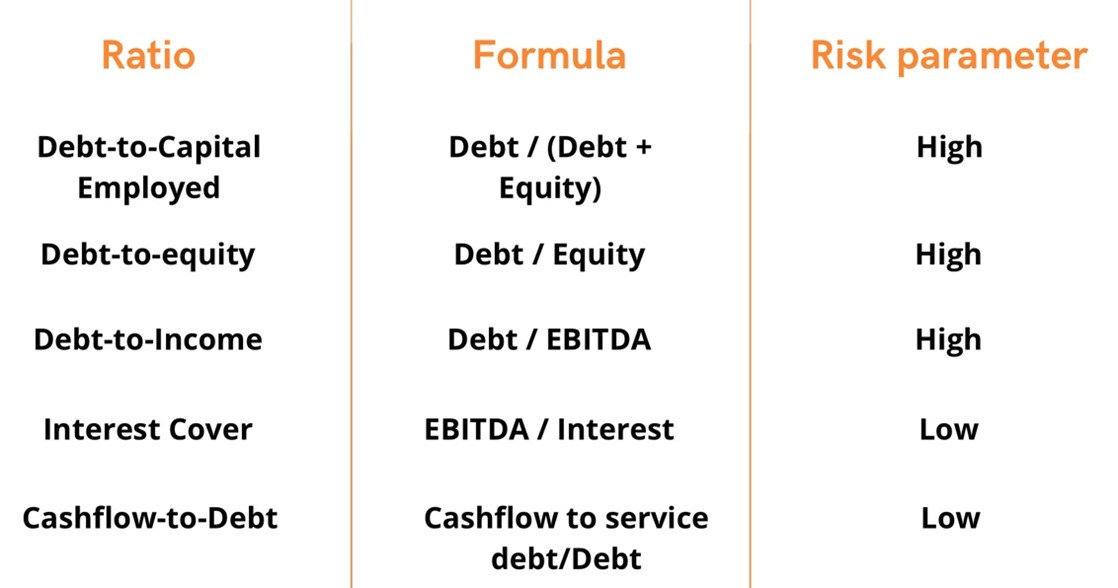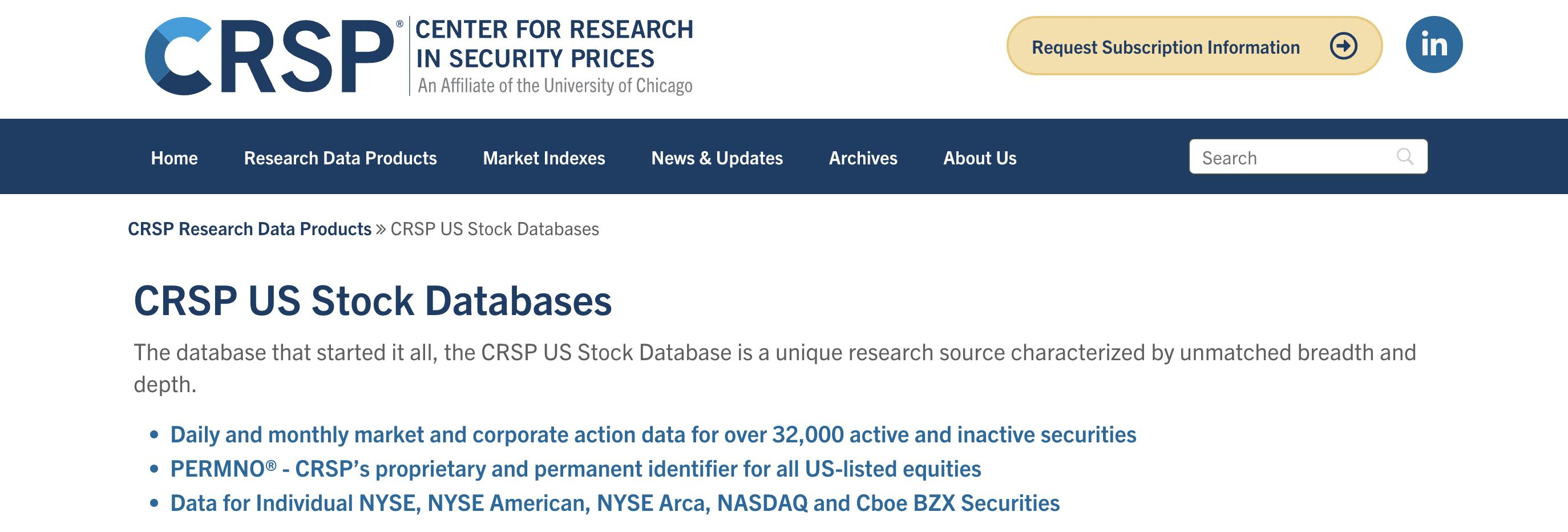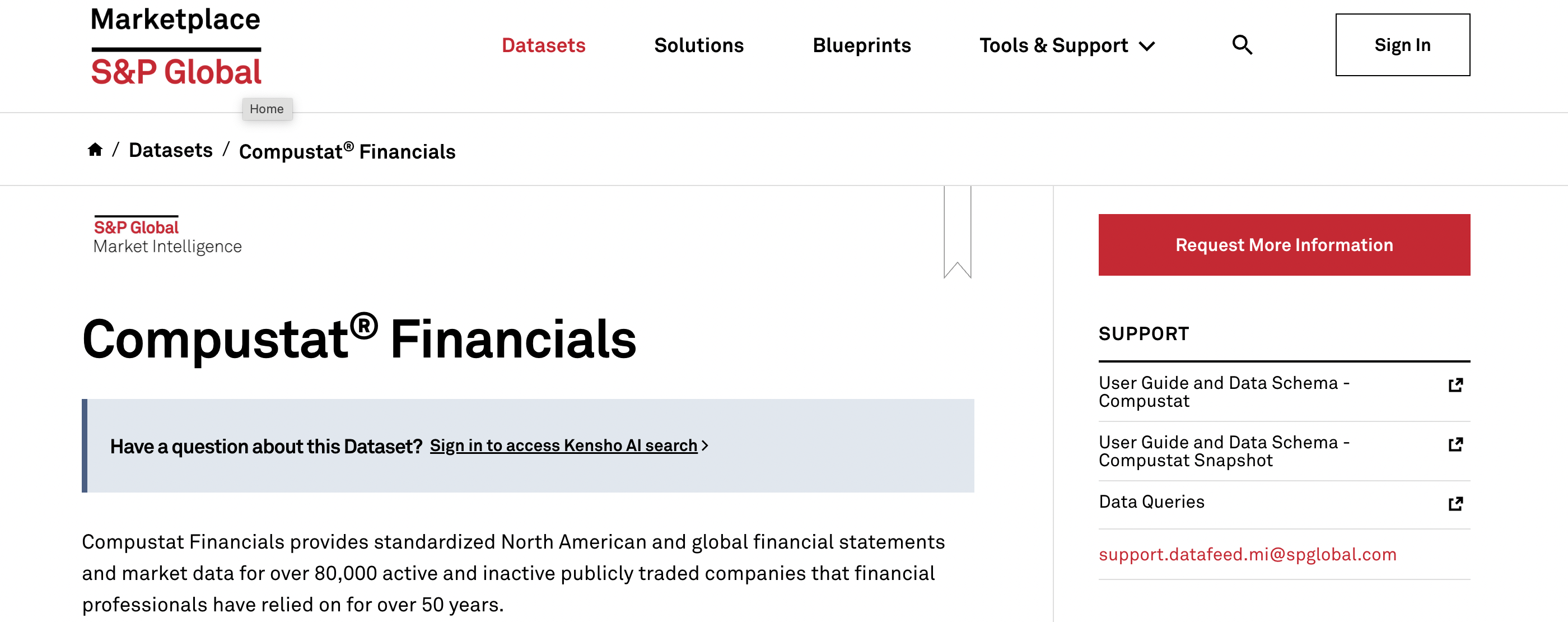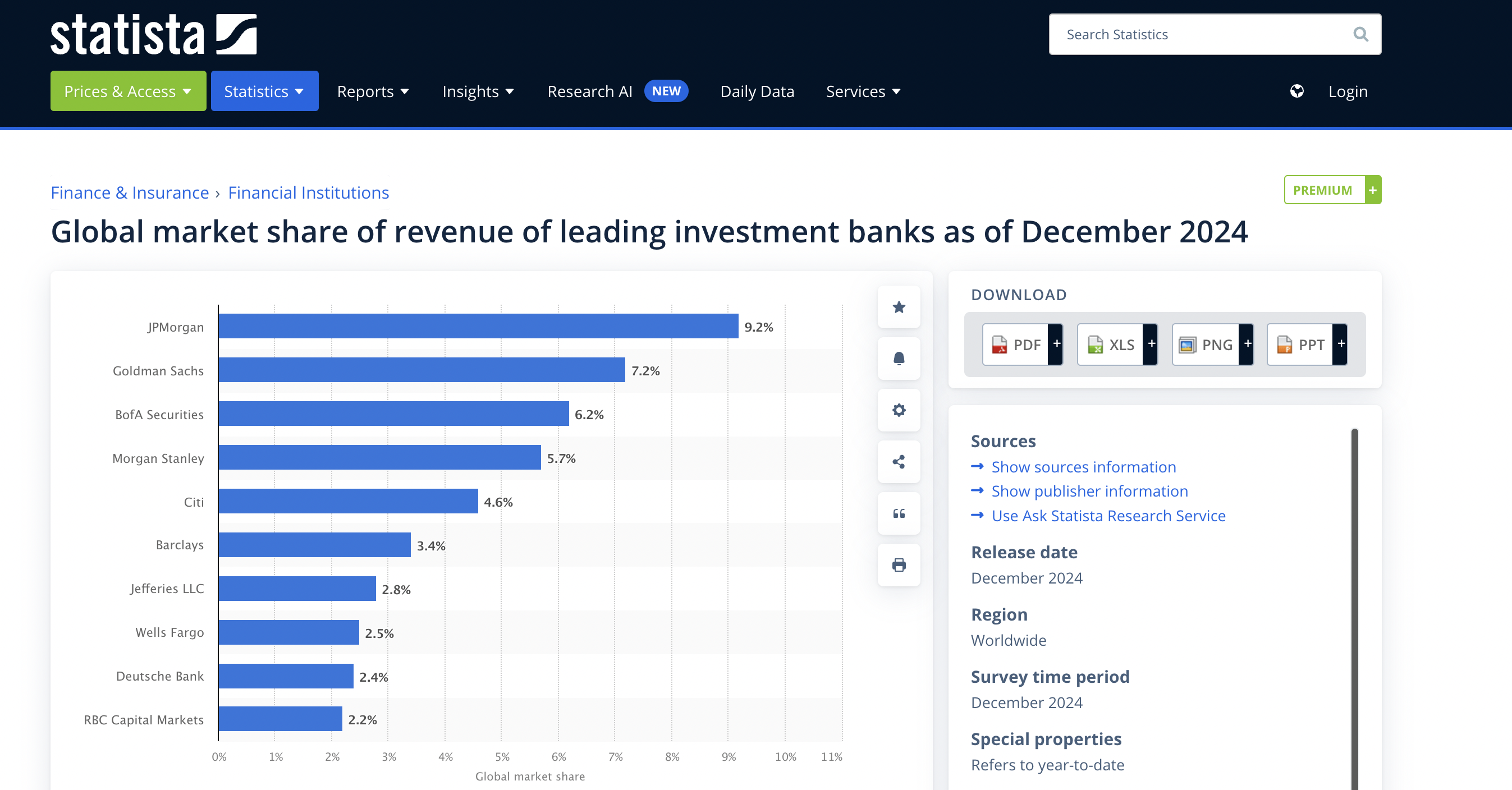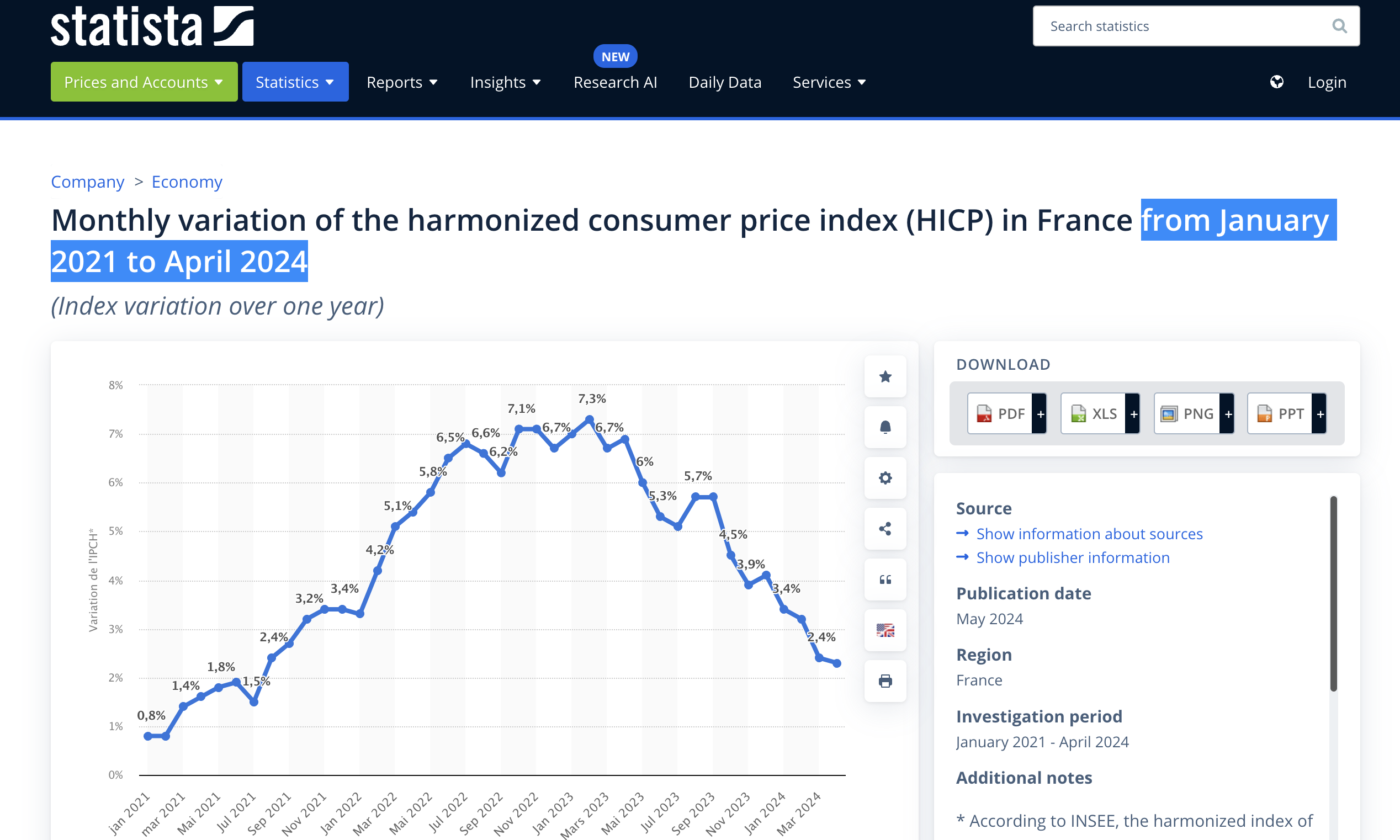
In this article, Majd MAHRSI (ESSEC Business School, Global Bachelor in Business Administration (GBBA), 2021-2025) shares his professional experience during a six-month internship in the Deals department at PwC Tunisia. This experience provided me with invaluable insights into the world of finance and consulting.
About PwC Tunisia
PricewaterhouseCoopers (PwC) is one of the Big Four accounting firms and a global leader in professional services. Founded in 1998 from a merger between Price Waterhouse and Coopers & Lybrand, PwC has grown to provide assurance, advisory, and tax services in over 150 countries. The firm’s expertise spans industries ranging from technology and healthcare to banking and energy, offering tailored solutions to address complex business challenges.
PwC Tunisia, established to cater to the needs of the North African market, has been pivotal in advising local and international businesses. Its Deals department focuses on transaction advisory services, mergers and acquisitions (M&A), and financial due diligence, enabling clients to make informed investment decisions in a dynamic economic environment.
Logo of PwC.

Source: the company.
My Internship at PwC Tunisia
My six-month internship at PwC Tunisia was in the Deals department, where I gained hands-on experience in transaction services. This marked my first professional foray into finance, a field I had been eager to explore. The department’s primary function is to assist clients with financial due diligence, a critical process in mergers and acquisitions. This involves analyzing financial records, identifying risks, and providing actionable insights to clients, whether on the buy-side or sell-side of a transaction.
In addition to due diligence, the team supports clients in valuations and financial diagnostics, helping them assess a company’s worth and its operational health. I also had the opportunity to work on engagements where funds sought advice on the best timing to divest their assets, showcasing the strategic aspect of transaction services.
My Missions
My role in the Deals department was multifaceted and dynamic, encompassing a variety of tasks that were integral to the success of transaction services projects. One of my primary responsibilities was conducting financial due diligence. This involved scrutinizing a company’s financial statements to uncover risks, assess opportunities, and verify the accuracy of reported data. These analyses were essential for clients to make informed decisions during mergers or acquisitions.
Another critical mission was creating and reviewing financial presentations. Translating raw financial data into clear, insightful slides that adhered to PwC’s global presentation standards required both analytical and creative skills. These slides were often used in client meetings, making them a crucial part of the decision-making process.
I also worked on preparing financial diagnostics, which provided an overview of a company’s financial health, operational efficiency, and market position. Additionally, I contributed to the valuation process by gathering and analyzing market and company-specific data, supporting the team in determining an accurate and fair valuation for transactions.
Lastly, I played a role in ensuring the quality and coherence of final reports delivered to clients. This involved cross-referencing financial data, identifying inconsistencies, and collaborating with senior team members to refine insights. These tasks taught me the importance of precision and attention to detail in professional finance settings.
Required Skills and Knowledge
Working in the Deals department demands a solid foundation in finance and accounting, as well as proficiency in tools like Excel and PowerPoint. Creativity in crafting slides that effectively communicate complex information is crucial. Collaboration is another essential skill, as teams typically consist of up to five experts working closely together under tight deadlines.
In addition to technical skills, the role required resilience and stress management. The high-stakes nature of transactions meant that meeting deadlines was often challenging but rewarding. PwC provided a comprehensive onboarding program that covered essential aspects such as data security, corporate ethics, and professional standards, ensuring I was well-prepared for the role.
What I Learned during my internship at PwC Tunisia
This internship was a transformative experience that bridged the gap between theoretical knowledge and practical application. I enhanced my understanding of finance and accounting, particularly in the context of real-world corporate transactions. Working with seasoned professionals provided me with mentorship and insights into best practices.
The structured training sessions at the start of the internship also equipped me with valuable knowledge about legal, social, and ethical considerations in corporate settings. This holistic approach to professional development was instrumental in shaping my skills and career aspirations.
Financial Concepts Related to My Internship
Firm Valuation
Firm valuation is the process of determining the worth of a business, considering factors such as assets, liabilities, market conditions, and future earnings potential. In the context of transaction services, valuation is not just about calculating numbers—it’s about understanding the strategic rationale behind a transaction. For instance, during my internship, I assisted in gathering data to support valuations, including analyzing comparable companies, market trends, and financial projections. This work provided clients with critical insights into whether a deal was financially viable and strategically aligned with their goals.
Financial Due Diligence
Financial due diligence is an investigative process that provides an in-depth understanding of a company’s financial performance, risks, and opportunities. In transaction services, it involves verifying the accuracy of financial statements, assessing working capital needs, and identifying any hidden liabilities or operational inefficiencies. My role included evaluating financial metrics, analyzing trends, and ensuring that all data was thoroughly documented for client presentations. This process was pivotal in helping clients mitigate risks and make informed decisions during mergers and acquisitions.
Mergers and Acquisitions
Mergers and acquisitions (M&A) are strategic actions where companies combine forces or one entity acquires another to achieve growth, diversification, or operational efficiencies. Transaction services play a key role in these processes by providing financial and strategic insights. During my internship, I was involved in preparing data for M&A scenarios, including assessing synergies, analyzing cost structures, and estimating post-merger integration costs. This work highlighted the complexity of M&A transactions and the critical role of accurate financial analysis in ensuring their success.
Why Should You Be Interested in This Post?
This post is particularly relevant for ESSEC students aiming for careers in finance. An internship in PwC’s Deals department provides a solid foundation in financial analysis, due diligence, and strategic decision-making. For those aspiring to work in investment banking or private equity, this experience serves as a steppingstone, offering the skills and credibility needed to excel in competitive roles.
I encourage students to consider opportunities in international offices, where the competition for roles may be less intense, and the learning experience equally enriching.
Related Posts on the SimTrade Blog
▶ All posts about Professional experiences
▶ Alexandre VERLET Classic brain teasers from real-life interviews
▶ Mickael RUFFIN My Internship Experience as a Strategy Consultant at Devlhon Consulting
▶ Basma ISSADIK My experience as an M&A Analyst Intern at Oaklins Atlas Capital
Useful Resources
Deloitte Due Diligence
About the Author
The article was written in December 2024 by Majd MAHRSI (ESSEC Business School, Global Bachelor in Business Administration (GBBA), 2021-2025).


